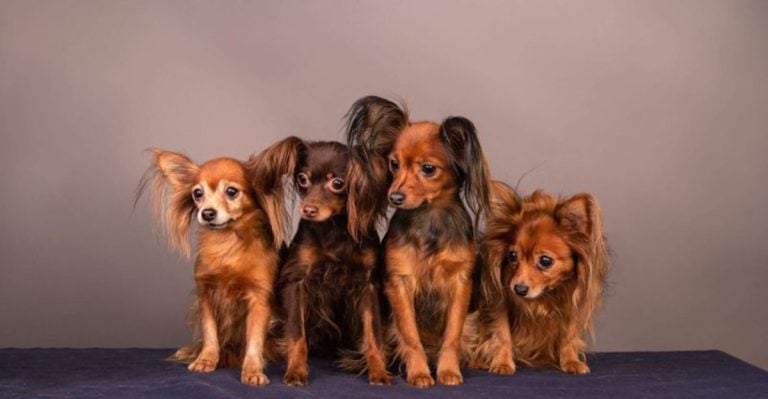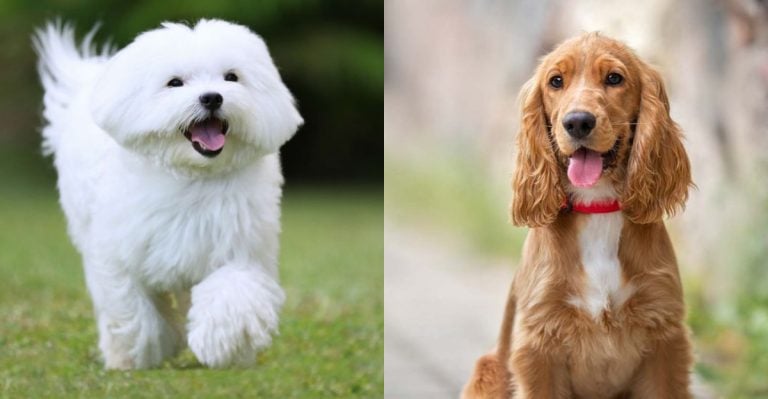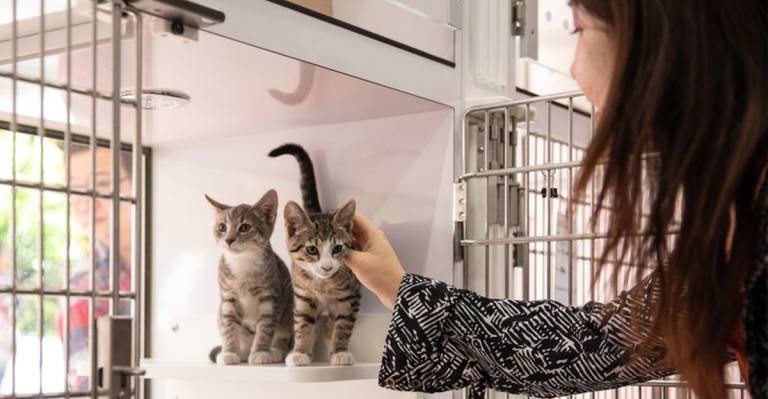Owning These 12 Dog Breeds May Be Illegal Without a Permit
Not all dogs are created equal in the eyes of the law. While most pups can be adopted with a simple visit to the shelter or breeder, there are certain breeds that come with an extra set of rules, regulations, and paperwork.
These aren’t your average lapdogs—they’re powerful, protective, and sometimes controversial canines that governments around the world have deemed worthy of closer oversight.
Whether it’s due to their sheer size, history of aggression in poorly handled environments, or their natural guarding instincts, these breeds often fall under what’s known as breed-specific legislation (BSL).
Depending on where you live, owning one could mean applying for a special license, passing behavioral assessments, installing specific fencing, or even carrying additional liability insurance.
In some regions, ownership might be banned altogether. But here’s the twist—many of these so-called “dangerous” dogs are actually gentle giants with hearts of gold when raised in loving, structured homes.
The issue often isn’t the breed itself, but the training (or lack thereof), the environment, and the owner’s experience.
That’s why it’s important to approach this list not with fear, but with respect—and a healthy dose of responsibility.
In this article, we’ll take a closer look at 12 dog breeds that often require special licenses to own. We’ll explore what makes them unique, why they’re regulated, and what it really takes to be a responsible owner of one.
If you’re considering bringing one of these dogs into your life—or just curious about which breeds are considered “high risk”—this guide has everything you need to know.
1. Pit Bull Terrier
The Pit Bull is one of the most controversial breeds in the canine world—and often misunderstood.
Their loyal, affectionate nature shines when raised in loving homes, but decades of stigma and sensational headlines have made them targets of breed-specific legislation.
Many regions across the U.S., Canada, and Europe either ban Pit Bulls or require owners to get special licenses, carry liability insurance, and follow strict containment rules.
Despite this, responsible owners advocate for their sweet temperaments and urge a case-by-case evaluation instead of blanket bans.
2. Rottweiler
Rottweilers are incredibly intelligent, fiercely loyal, and naturally protective. These traits make them excellent guard dogs but also mean they need early socialization and strong, consistent leadership.
Due to their size and perceived danger, some states and countries require a special permit, registration, or proof of obedience training to own a Rottweiler.
In urban areas with strict pet laws, they’re sometimes included in restricted breed lists, despite being great family pets when raised responsibly.
3. Japanese Tosa
Originally bred for fighting, the Japanese Tosa is a massive, imposing breed known for its quiet strength.
They have a reserved, almost noble temperament—but their history and intimidating appearance have made them a concern for lawmakers in many parts of the world.
In places like the UK, Ireland, and Australia, Tosa ownership requires special licensing, court approval, and compliance with strict rules about muzzling and secure enclosures.
They’re banned outright in some countries. Owning one is typically a responsibility reserved for seasoned, experienced dog owners.
4. Dogo Argentino
This striking white dog was bred for hunting big game like wild boar. With their muscular build and fearless nature, Dogo Argentinos are powerful companions that thrive under confident leadership and structured training.
Unfortunately, their strength has also made them a target of breed restrictions. They’re banned in countries such as the UK and Australia, and many U.S. cities require special permits, background checks, and insurance.
Despite their potential, they can be loving, family-oriented pets in the right hands.
5. Fila Brasileiro (Brazilian Mastiff)
The Fila Brasileiro is an incredibly loyal and protective guardian—often described as “devoted to family, intolerant of strangers.” Their natural suspicion of outsiders makes them ideal watchdogs, but also a challenge for public settings.
Due to their defensive temperament, the Fila is banned in several countries, including the UK. In places where ownership is allowed, it typically comes with licensing requirements, behavior testing, and proof of secure housing.
This breed is not for casual pet owners; it demands discipline and experience.
6. American Bulldog
Unlike its smaller, squish-faced English cousin, the American Bulldog is a powerful, athletic breed built for farm work and protection. They’re loyal, affectionate with family, and high-energy—often forming deep bonds with their humans.
However, some municipalities treat them similarly to Pit Bulls, requiring licenses or insurance for ownership. They may also face housing restrictions or mandatory muzzling laws.
When socialized and trained early, American Bulldogs are gentle giants, but their strength and assertiveness mean they need firm, consistent guidance.
7. Presa Canario
The Presa Canario hails from the Canary Islands, where it was bred to herd cattle and guard property. This breed is large, muscular, and confident—traits that appeal to experienced dog owners seeking a powerful guardian.
Unfortunately, their strength and territorial instincts have led to tragic incidents in the past, pushing lawmakers to take action.
In the U.S. and Europe, ownership often comes with strict regulations: licenses, training certifications, and sometimes even legal hearings. With proper socialization, they’re loyal companions—but they’re not suited for novice owners.
8. Cane Corso
This Italian mastiff was originally bred to guard property and hunt wild boar. The Cane Corso has a commanding presence and an instinct to protect—making them excellent watchdogs but potentially problematic in inexperienced hands.
Some cities and countries have placed restrictions on Cane Corsos due to their size and power. Owners may need to secure permits, pass behavior assessments, or meet fencing requirements.
While they’re deeply loyal and trainable, their strength and territorial nature mean they require structure and authority from day one.
9. Boerboel
Boerboels were bred in South Africa to defend homesteads from predators—including lions. They are fearless, loyal, and extremely powerful, often forming tight-knit bonds with their families.
Because of their size and natural protectiveness, Boerboels are banned or regulated in many countries. Where ownership is legal, authorities often require licenses, secure containment, and in some cases, professional training certification.
These dogs thrive in rural settings with strong leaders and space to roam. They’re not suited to cramped apartments or first-time dog parents.
10. Wolfdog Hybrids
Wolfdog hybrids, a cross between domestic dogs and wolves, have a mystique that fascinates many. Their wild lineage gives them a unique appearance and independent streak—but also makes them unpredictable and difficult to train.
Due to the genetic unpredictability and public safety concerns, many jurisdictions require exotic animal permits or outright ban ownership.
Even in areas where they’re allowed, strict containment rules and liability insurance are typically mandated. These animals are best suited for people with extensive experience in animal behavior and training.
11. Alaskan Malamute
While often confused with Huskies, Alaskan Malamutes are larger, stronger, and more independent. Their workhorse heritage and prey drive make them great sled dogs—but also a challenge in suburban or urban environments.
In some areas, especially those with strict hybrid or aggressive breed laws, Malamutes face restrictions.
Owners may need to register them, build reinforced fencing, or demonstrate training compliance. Despite these regulations, Malamutes are playful and affectionate—but require space, exercise, and a firm handler to thrive.
12. Doberman Pinscher
Dobermans are sleek, muscular, and alert—often seen as the quintessential guard dog. Their loyalty and intelligence make them excellent companions, but their protective instinct can be intimidating to strangers and regulators alike.
Some cities and homeowners’ associations include Dobermans on restricted lists, requiring owners to carry insurance, complete obedience training, or apply for special permits.
While they’re generally affectionate with their family, they need consistent socialization and mental stimulation to avoid over-guarding behaviors.


















